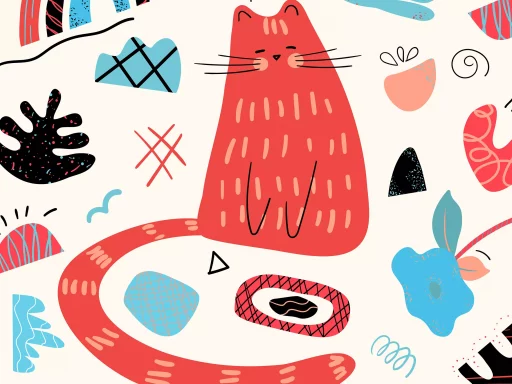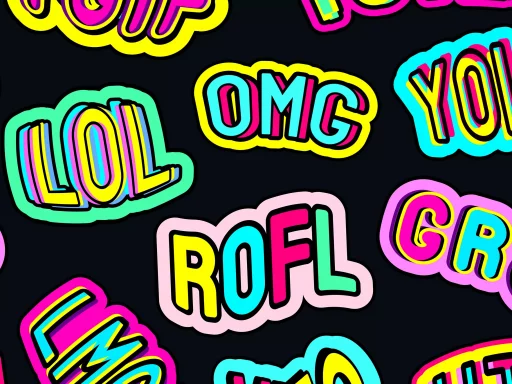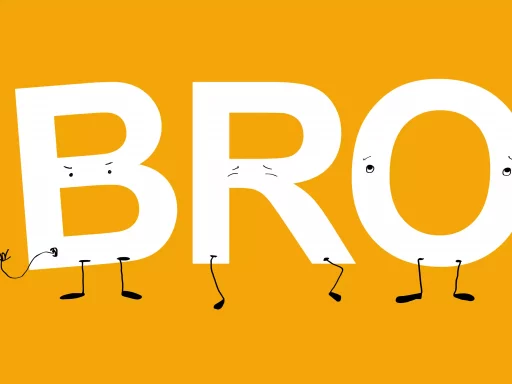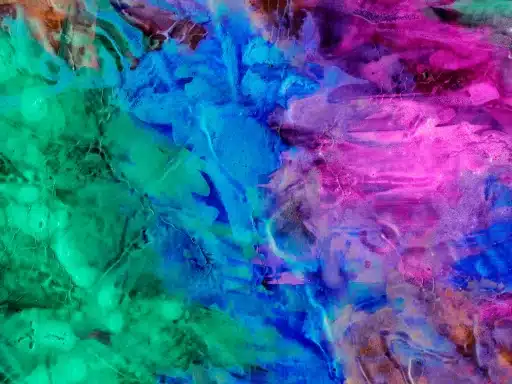Introduction to Kiss Slang
Kissing is one of the most common forms of expressing affection, and with this expression comes a wealth of colorful slang terms. From light-hearted and playful to romantic and intimate, these slang words often reflect cultural nuances and societal norms. In this article, we’ll explore various slang terms for a kiss, their origins, and how they are used in different contexts.
Common Slang Terms for Kiss
Slang expressions evolve over time, influenced by popular culture, music, and social media. Here are some of the most popular slang terms for a kiss:
- Smooch: This term embodies a soft and affectionate kiss. It gained popularity in the mid-20th century.
- Pucker up: A playful way of indicating someone to get ready to kiss. It refers to the act of puckering the lips.
- Peck: A quick and light kiss, usually given on the cheek or lips.
- Snog: A British term that refers to kissing in a passionate or prolonged manner.
- French kiss: Refers to kissing with the tongue, suggesting a more intimate and passionate connection.
- Make out: Indicates a prolonged kiss, often with more romantic or sexual undertones.
Cultural Influences on Kiss Slang
The way we kiss and the terms we use to describe it can vary significantly across cultures. For instance, the term “snog” is commonly used in the UK, while Americans might prefer the term “make out.” In some cultures, kissing in public is frowned upon, while in others, it is widely accepted and practiced. Here are some notable cultural variations:
- Latin America: In many Latin American countries, kissing on the cheeks is a common greeting, and the word “beso” is frequently used.
- Japan: While public displays of affection are rare, the term “kissu” is often used to denote kissing.
- France: Known for romance, the French practice multiple cheek kisses as greetings, reinforcing the cultural significance of kissing.
The Evolution of Kissing Slang
As language evolves, so does slang. Terms like “smooch” and “make out” have their roots in different eras and reflect cultural shifts. For instance, “smooch” dates back to the 1940s in American English and has a sweet, romantic connotation. In contrast, “make out” gained popularity in the 1970s as youth culture embraced more liberal attitudes toward intimacy.
Statistics on Kissing and Affection
Numerous studies have been conducted on kissing and its impact on human relationships. According to a study published in the journal Human Ethology, 66% of participants reported that they felt more connected to their partners after kissing. Here are some interesting statistics related to kissing:
- Over 90% of cultures practice kissing in some form.
- A survey indicated that 59% of people believe that a good kiss is a critical component of a romantic relationship.
- Couples who kiss regularly report higher levels of relationship satisfaction.
Case Studies: Kissing in Modern Media
The portrayal of kissing in media often reflects its significance in society. For instance, popular movies and TV shows have used kissing as a pivotal element in storytelling:
- “Titanic” (1997): The iconic kiss between Jack and Rose symbolizes love and sacrifice.
- “The Notebook” (2004): Their passionate kiss in the rain has become a cultural touchstone of romance.
- “Friends” (1994-2004): The dynamic between Ross and Rachel often revolved around their on-and-off kisses.
Conclusion: The Linguistics of Kissing
The slang for kissing reflects deeper meanings regarding affection, intimacy, and cultural practices. From “smooch” to “make out,” these terms have shaped how we communicate love and desire. Understanding this vocabulary not only enriches our language but also enhances our appreciation for the diverse ways humanity expresses affection.






